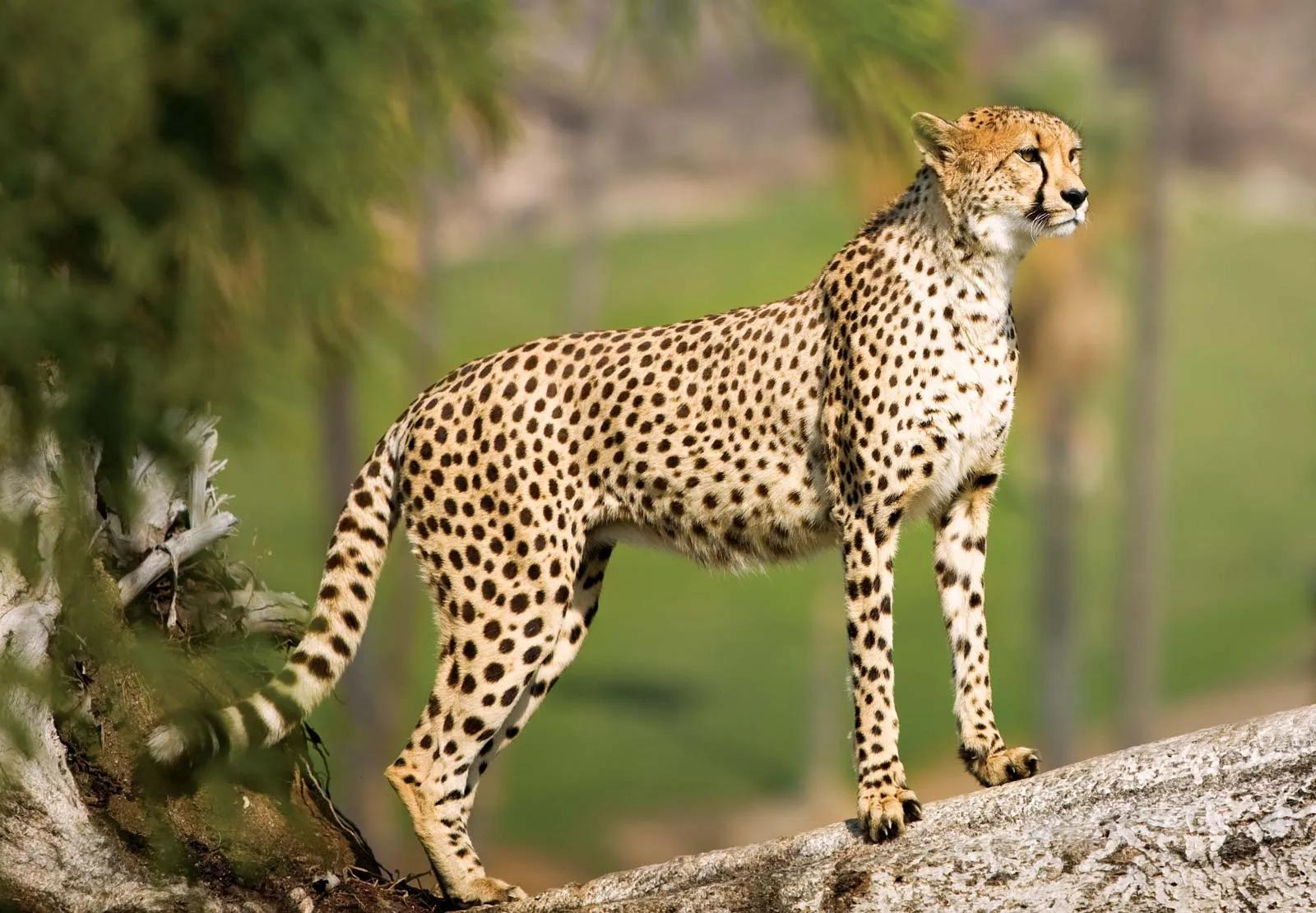When it comes to speed in the animal kingdom, no land animal can outrun the cheetah. Capable of reaching speeds between 112 to 120 km/h (70 to 75 mph) in short bursts, the cheetah is not only fast but also incredibly agile. But what exactly makes this spotted predator the ultimate speedster of the savanna? The answer lies in its unique anatomy, physiology, and evolutionary design.

1. Aerodynamic Body Structure
The cheetah has a slim, lightweight frame with long legs, a deep chest, and a narrow waist — all features that reduce air resistance and support faster movement. Its small collarbone and vertically oriented shoulder blades allow for a longer stride, enabling the cheetah to cover 6 to 7 meters (20 to 23 feet) in a single stride.
2. Flexible Spine
One of the cheetah’s most important adaptations is its incredibly flexible spine, which acts like a spring during running. As the cheetah gallops, its spine flexes and contracts, allowing the hind legs to reach far in front of the body and then push off the ground with tremendous force. This spine movement is what gives the cheetah its explosive acceleration — from 0 to 96 km/h (60 mph) in just 3 seconds, faster than most sports cars.
3. Muscular Power and Fast-Twitch Fibers
Cheetahs have a high concentration of fast-twitch muscle fibers, which are specialized for rapid, powerful contractions rather than endurance. These muscles are responsible for the quick bursts of speed cheetahs need to catch fast-moving prey like gazelles and hares.
4. Enlarged Nasal Passages and Lungs
To fuel its muscles during a sprint, the cheetah needs a massive supply of oxygen. Its large nasal passages and oversized lungs and heart work together to maximize oxygen intake. When sprinting, a cheetah’s breathing rate increases from about 60 breaths per minute to 150 breaths per minute.
5. Semi-Retractable Claws and Traction
Unlike most cats, cheetahs have semi-retractable claws, which act more like a dog’s claws. These claws provide better grip and traction while running, much like cleats on a soccer player’s shoes. Their paw pads are hard and ridged, further enhancing traction during high-speed chases.
6. Long Tail for Balance and Steering
The cheetah’s long, muscular tail functions like a rudder, helping it make sharp, high-speed turns while pursuing prey. This tail counterbalances the body and helps stabilize the cheetah’s movement, allowing it to change direction quickly without losing speed.
7. Lightweight Skull and Enlarged Eyes
The cheetah’s small, lightweight skull reduces the burden on its body, helping maintain a low total mass for faster acceleration. Meanwhile, its enlarged eyes are adapted for excellent daytime vision, aiding in spotting and targeting prey during daylight hunts.
Limits of Speed
While the cheetah is incredibly fast, this speed comes at a cost: endurance. Cheetahs can only maintain their top speeds for about 20 to 30 seconds before overheating. After a sprint, they must rest to recover and cool down — making timing and precision in the hunt absolutely crucial.
The cheetah's title as the fastest land animal is not just due to one trait — it’s the result of a perfect blend of evolutionary adaptations. From its spine to its lungs, from its claws to its tail, every part of the cheetah’s body is designed for pure speed and agility. It’s a masterpiece of natural engineering, optimized for the hunt.